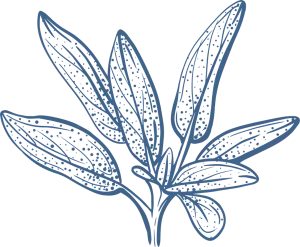Self-Cultivation and Internal Arts
There are various terms used to describe the process of working towards a lifestyle of self-improvement and growth. However, we prefer self-cultivation as it includes all the other definitions. It involves a broad understanding and practice of martial arts, internal arts, meditation, breathing exercises, and other related practices. Venturing on the journey of traditional self-cultivation means that the focus is not just on achieving a single goal but on achieving physical and mental growth and a fundamental understanding of our existence and the universe.
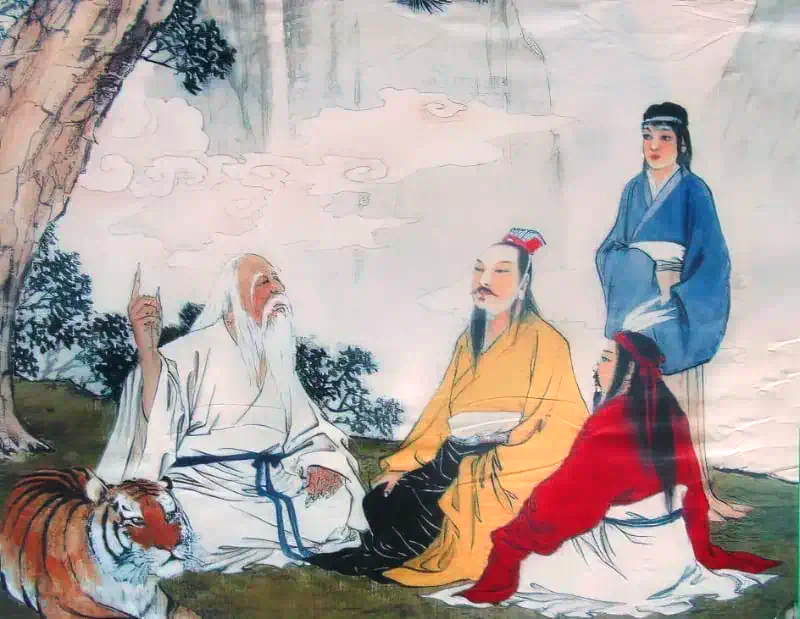
The initial belief of self-cultivation is to improve oneself and raise one's skill level in internal martial arts. The process of self-cultivation is not about improving what you're already good at but addressing your weaknesses head-on. Traditionally, there are three important steps to self-cultivation:
Fixing
The first step is about destroying old habits, fixing physical and mental problems, and gaining new perspectives and understanding of your being. Inner conflicts will arise and must be overcome while increasing your comfort zone.
Improvement
The second step requires that you look openly at your weaknesses and start making them your forte. Transforming weaknesses into strengths will exponentially lead to overall improvement because everything is interconnected.
Cultivation
The third step is about using the potential that resulted from the successes of your previous steps. Preserving the overall condition and cultivating skills will lead to being closer to your centre and the nature of your existence.

The Starting Routines
Everything has a beginning
It is advisable to completely understand all aspects before commencing any practice. The primary disciplines to consider are Qigong and Zhan Zhuang. Qigong can improve our energy levels and aid in recuperating physical ailments, while Zhan Zhuang can develop our mental abilities and enable us to concentrate better in challenging situations. Understanding the full spectrum before starting any practice is recommended.
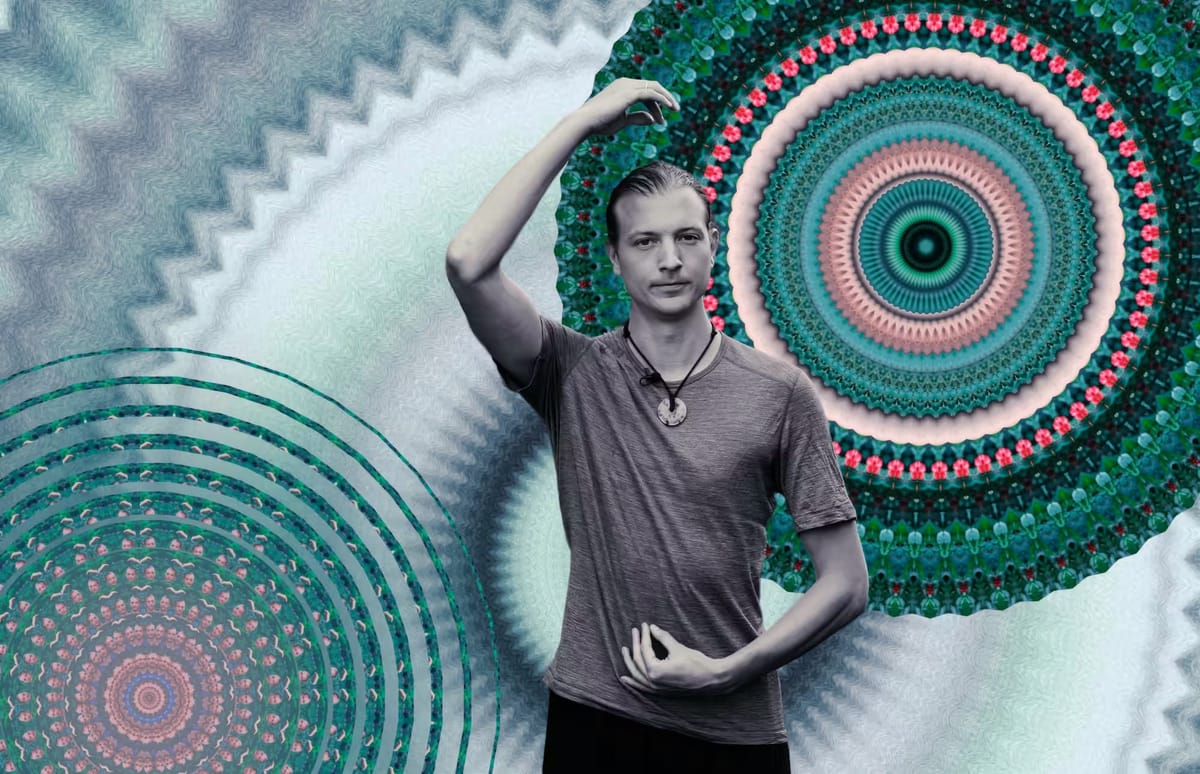
Wuxing (Five Animals) Qigong stimulates organs and strengthens the whole body, making tendons and fascia flexible. Recommended for fixing back, neck or shoulder pain. Good for people who have low energy levels.
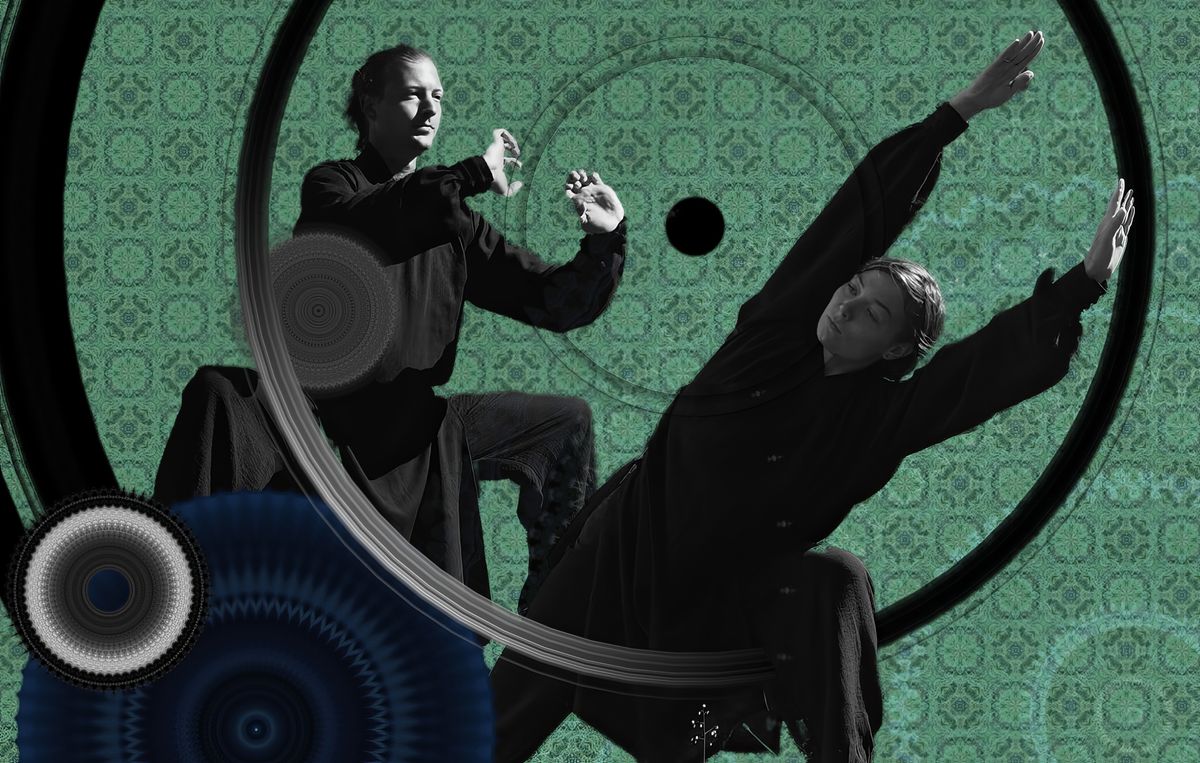
Baduanjin (Eight Brocades) Qigong aligns bones and your overall structure. The routine makes all joints flexible and improves blood circulation in the whole body. The routine is good for people with spine problems, tight joints and bad blood circulation.
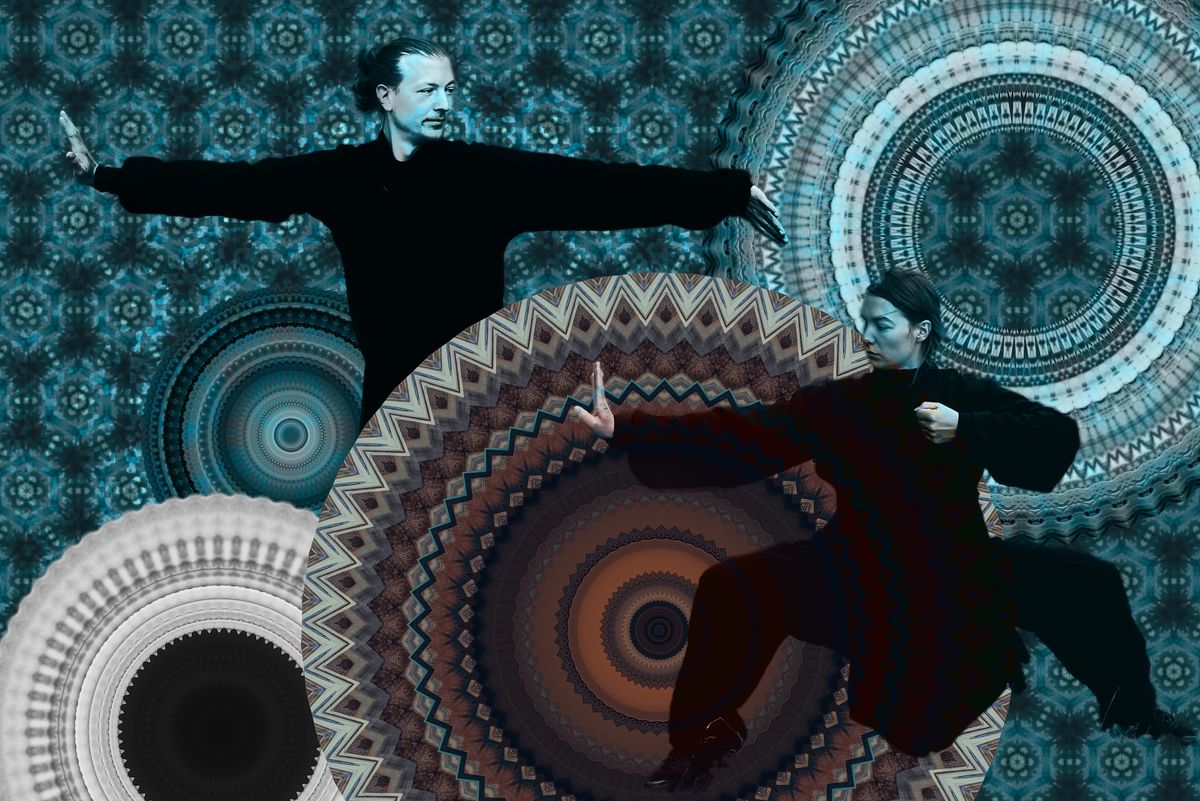
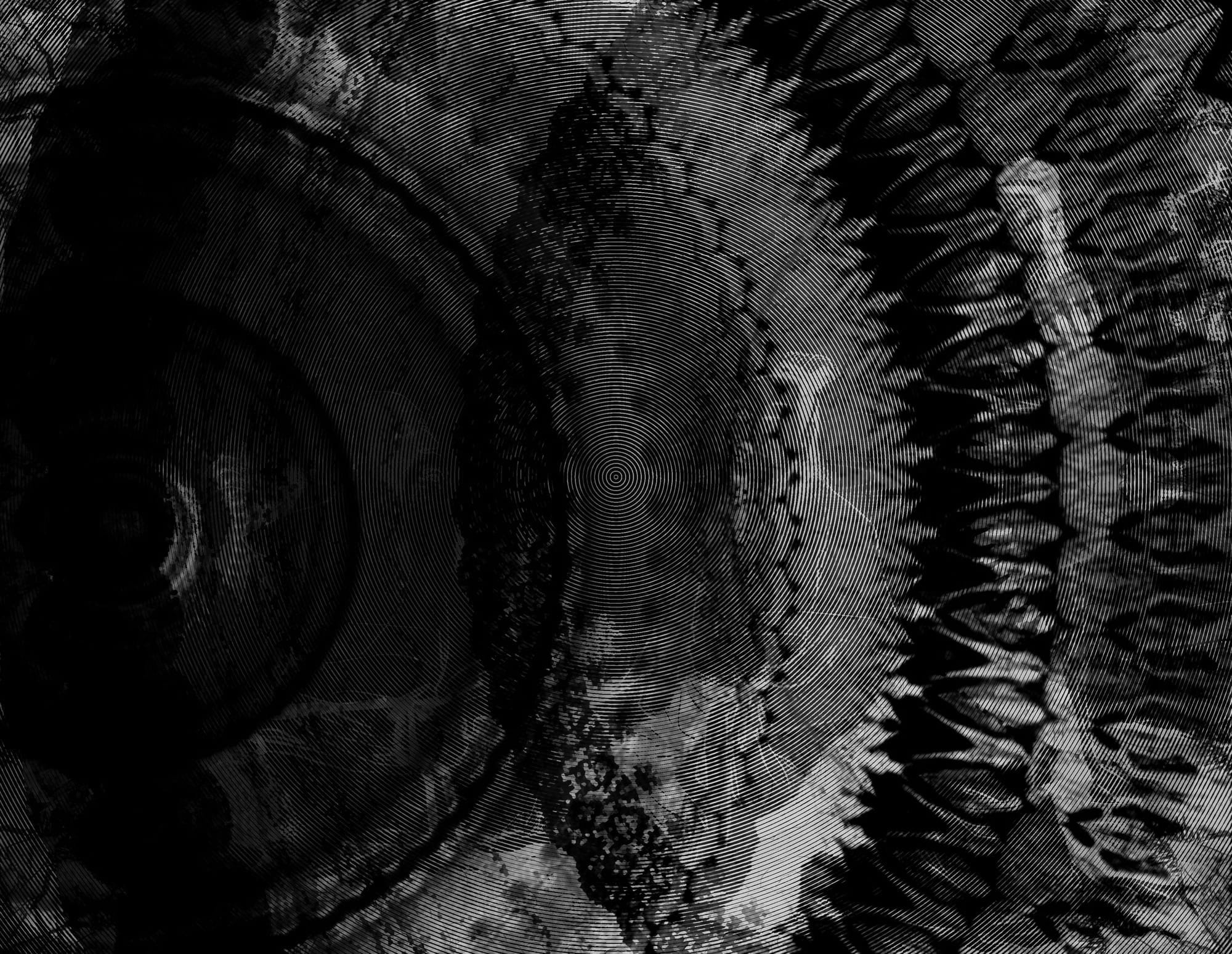
Learn How to Fight
Not to fight against yourself but to overcome your obstacles and grow into a more vital being.
An important aspect of self-improvement is the ability to become stronger and defend oneself physically, mentally, and socially. The Daodejing delves into the worldviews of Daoist people and describes various conflicts.

It's essential to let go of your ego before beginning physical combat training. This means dissolving your ego by reflecting on situations where things go out of control and identifying what triggers your ego. In traditional training, only students with a calm and quiet personality were chosen by masters for combat training.
What Style of Martial Arts?
The conventional view in the Western world regarding achieving a superior combat style in traditional martial arts needs to be revised. In reality, the supremacy of a particular style is of minimal significance compared to the importance of possessing natural talent and undergoing consistent training. Therefore, rather than focusing solely on the style, it is crucial to identify and nurture an individual's innate abilities and provide them with sustained training to attain proficiency in martial arts.
In martial arts, it is generally a good indicator when a style inherits a range of techniques and movements involving the entire body. This applies even to those styles that are highly specialized or focused on a specific aspect of combat. As a martial arts student, striving to improve your basic physical capabilities is important so your body can become a solid and effective vessel for executing combat techniques.
Daoist martial arts, such as our Jibenquan (Gongfu Basic Fist) routine, likely originated from Laoshan (Mount Lao), one of the largest Daoist branches historically related to Quanzhendao. These Daoists aimed to achieve physical and mental perfection through their training. The Jibenquan routine is simple, with basic positions and movements to attain the perfect foundation for advanced internal martial arts.
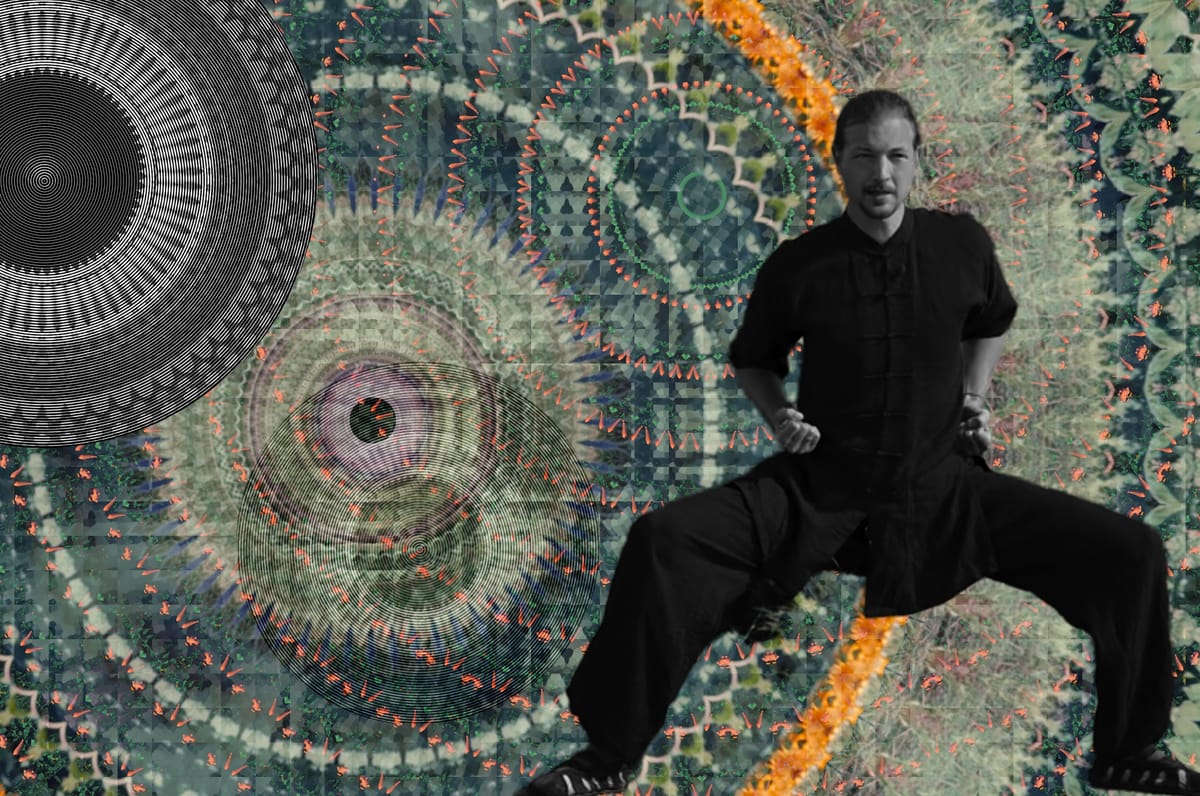
Traditional martial arts took centuries and many generations to develop, so while there may not be a perfect style, there is no need to reinvent the wheel.

Cultivating the Connection
And the everlasting spirit
Preserving traditional learning methods is valuable because they inherit a way of life beyond mere coordination, unlike quick lessons that may result in empty movements. Everything has a purpose and function; energy cannot magically manifest through movement alone. Understanding the principles behind our actions is vital. Like each plant needs specific conditions for growing, internal martial arts need good soil to cultivate and bear fruit.
The question "Why am I doing this?" may arise multiple times, and hitting mental and physical barriers is unavoidable. A master needs to have trust in their students, which in turn must overcome their challenges. An emotionally strong and trusting connection is a good basis. Overcoming difficulties is never one-sided; students should understand they are never alone. Even if the student is self-taught or has been practising without a master for years, the spiritual treasure of self-cultivation, passed down through generations, will always remain close to the student's heart.
How Tradition is Everlasting
Compared to modern teaching methods, traditional teaching puts more at stake for both the student and the teacher. Therefore, the bond has a higher value; the connection may be similar to how a parent nurtures their child.
Sage.blue is our place where conveying is more important than convincing. The true values and traditions are archived here and can be found for people looking for them, without advertisements or bias. In this article, you have all the tools needed for a strong foundation and perspective to start your journey successfully. Never give up; keep your eyes on the horizon for what's coming next.
